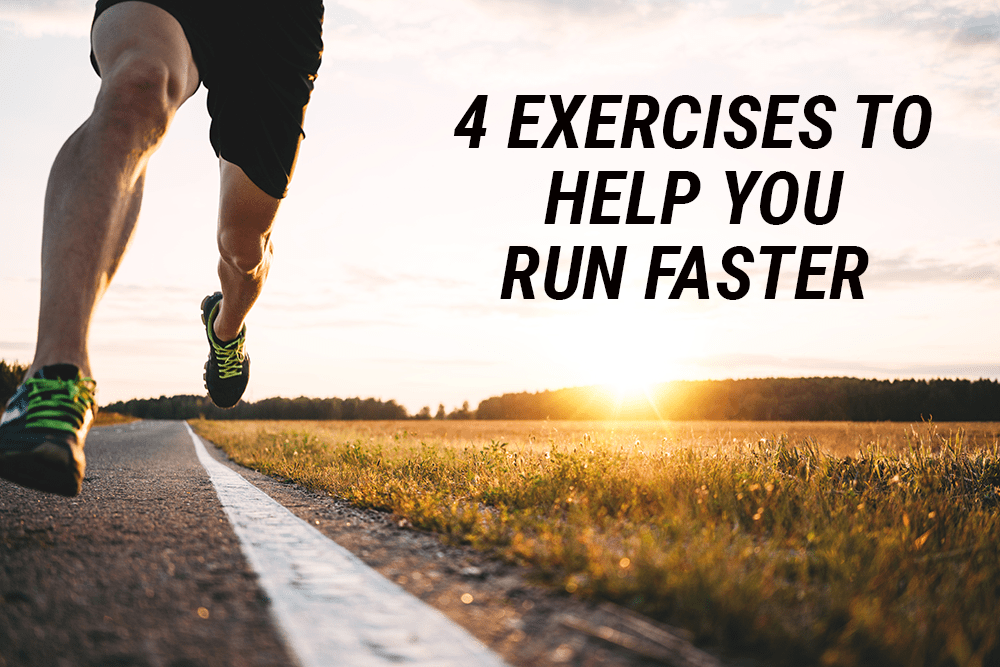Do you have a need for speed? A thirst for a quicker burst? A curiosity for more velocity? Well, you’ve come to the right place!
As a runner, there’s no better feeling then checking the clock at the end of a sprint or long-distance run and realizing you’ve shaved a healthy chunk off your personal record! When you’re still relatively new to the sport, these sizable improvements are more common as stamina and endurance increase, simply from running more. However, over time these performance gains begin to plateau in both frequency and significance.
In order to overcome this plateau and get the most out of your training, you need to be doing more than just running. Strength training is great way to get over that hurdle! Building strength can take your speed and performance to the next level, regardless of where you’re at in your running journey! Spooner physical therapist, Caralyn Debash, PT, DPT, shows off 4 exercises that will help build strength in the right places and improve your running speed.
Caralyn states, “When you are training for a certain sport or activity, you need to come at it with exercises that are going to mimic the specific requirements that you need to perform at your very best. With running, we want to incorporate movements that test and challenge our speed, strength, stability, and explosiveness.”
Let’s get to it!
These exercises can be done anywhere. No equipment required! Perform 2-3 sets of 10-15 repetitions of each movement to get the blood flowing and fatigue the targeted muscles to build strength and prep your body to run faster.
3-way Lunge Matrix
A great start to any routine, this exercise will prepare the body for loading in complex movement patterns within various planes to challenge different muscles. Lunging in different directions or adding in arm drivers increases the demand on the hips and core. This further challenges stability, coordination, balance and strength to further increase your speed and power with each step.
Squat Jumps
An explosive movement targeting your bigger muscle groups of quadriceps, hamstrings, and glutes. These muscles are responsible for loading and bounding to propel you forward and increase your speed and power with each stride.
Single-Leg RDL (Russian Deadlift)
When you run, you are repetitively loading from one foot to the other, stabilizing on one foot at a time. Incorporating this exercise will train each leg for single leg balance and pelvic stability, targeting glutes and hamstrings, when loading and taking off.
To make this more challenging, you can add a dumbbell or kettlebell on one hand as you hinge forward.
Plank with Mountain Climbers
Targets core, glutes and hip flexor strength for explosive and quick movements to increase lumbopelvic control and gluteus medius muscles when stabilizing for single leg support with each foot strike.
Further, this exercise targets your ability to move rhythmically with coordination and agility which can contribute to improved cadence.
Time to Run
Are you feeling limber? Are you ready to set a new personal best? Before you hit the ground running, read about some great tips to help you focus and exceed your personal record in How to Run a Faster Mile by Road Runner Sports.
If you have any questions about your health or how you could be moving and feeling better, Spooner Physical Therapy is here to help! Schedule an appointment or complimentary movement assessment today!

